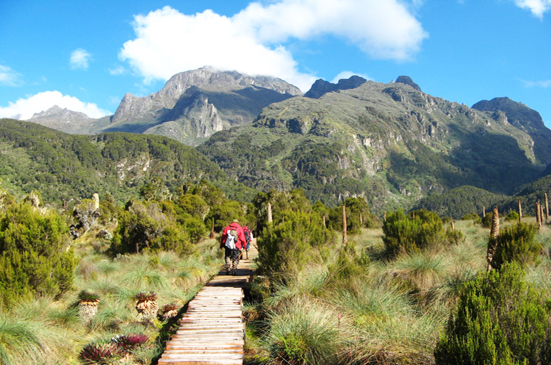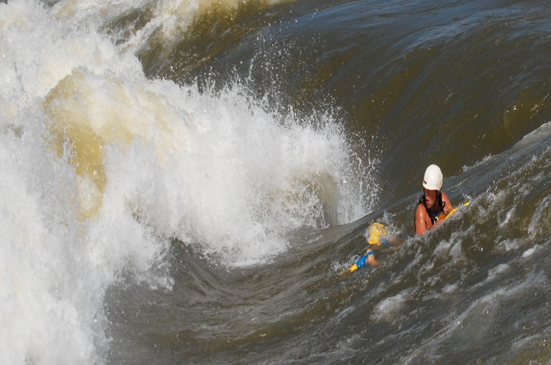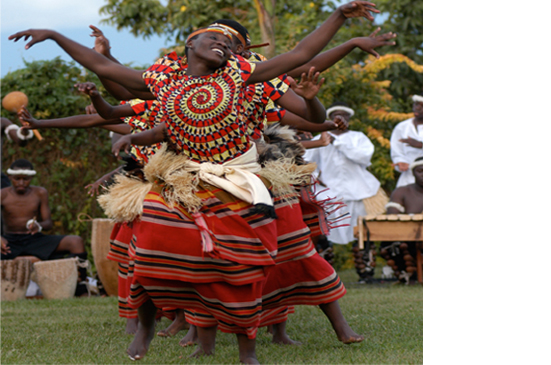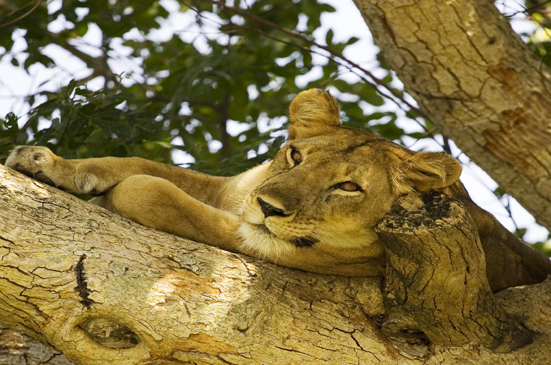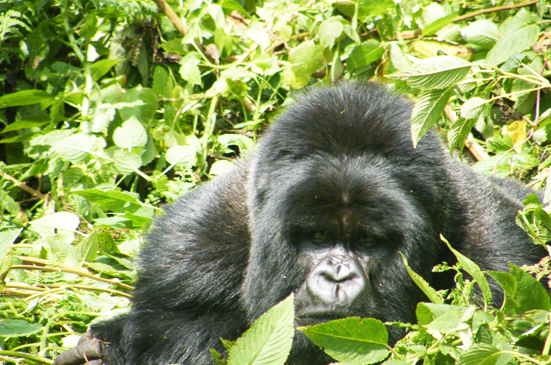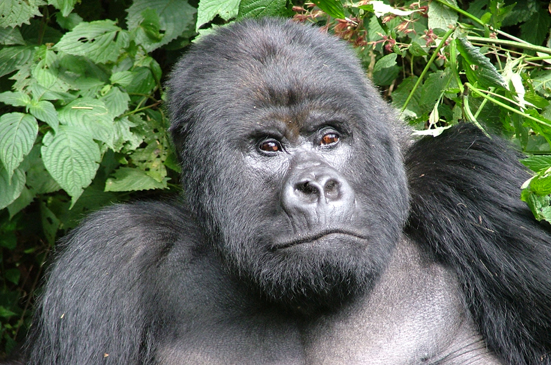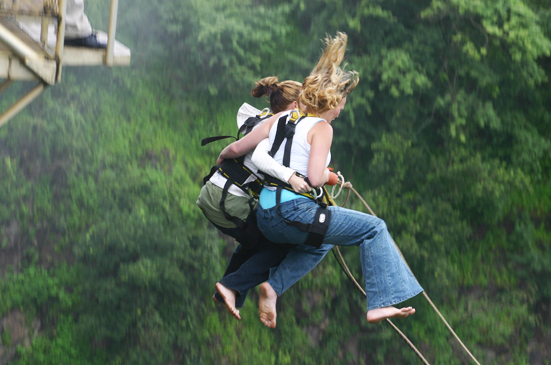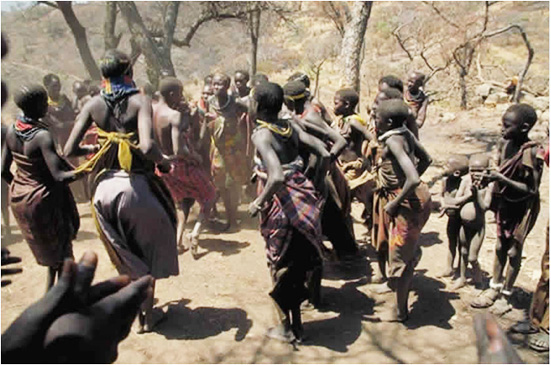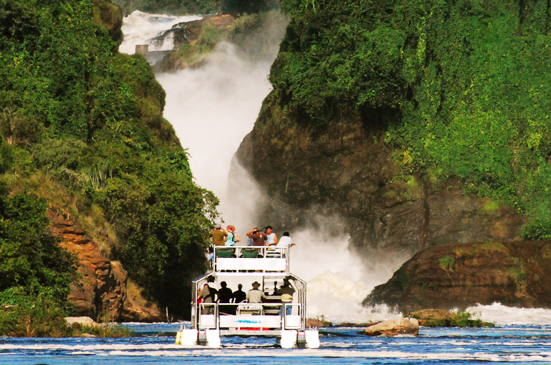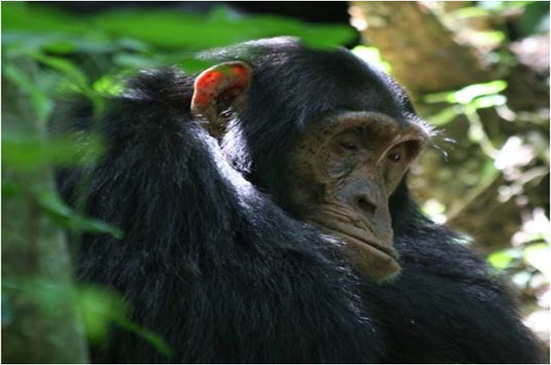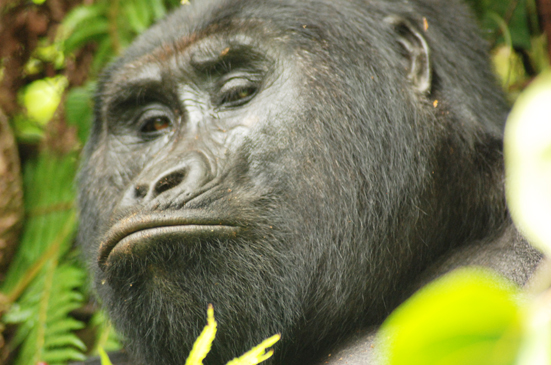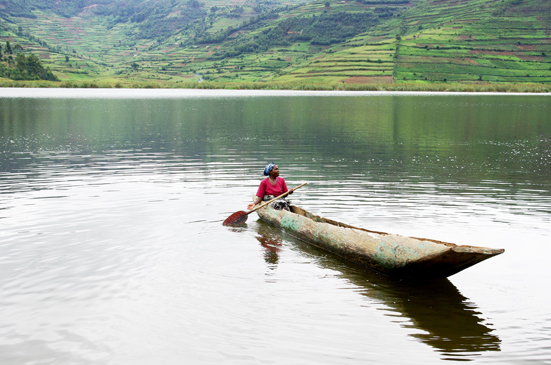

Paws engages in CSR
Paws engages in CSRA safari and travel company established in 2000, Paws Africa Safaris,... Read more..Paws engages in CSR
Paws engages in CSRA safari and travel company established in 2000, Paws Africa Safaris,... Read more..Launch of paws uganda website
Launch of paws uganda websiteA safari and travel company established in 2000, Paws Africa... Read more..Paws opens new branch in Zanzibar
Paws opens new branch in ZanzibarA safari and travel company established in 2000, Paws Africa... Read more..Paws takes its staff on a 2days tour
Paws takes its staff on a 2 day tour. A safari and travel company established in 2000, Paws ... Read more..Source of the Mighty Nile
The source of the Nile, alluded to hazily in the ancient writings of
Ptolemy, stood as one of the great geographical mysteries of the
Victorian Age.
The desire to uncover this geographical Holy Grail inspired the epic
journeys of exploration undertaken by Livingstone, Stanley, Burton and
Speke.
And it was the latter, John Hanning Speke, on a pioneering 1862-3 expedition around Lake Victoria, who first controversially suggested that a small waterfall flowing northward out of the lake might be the legendary spring вҖ“ a theory whose accuracy was confirmed not more than ten years later by Stanley.
Flanked today by the city of Jinja, the waterfall described by Speke now lies submerged beneath the Owen Falls Dam, UgandaвҖҷs main source of hydro-electric power. Still, a visit to the source of Nile remains a moving and wondrous experience, no less to those who have seen the same river as it flows past the ancient Egyptian temples of Luxor some 6,000 km downstream.
Closer to home, the Nile downriver from Jinja offers some superb white water rafting and game fishing. Its crowning glory, however, is Murchison Falls, where the worldвҖҷs longest river funnel through a narrow fissure in the Rift Escarpment to erupt out of the other side in a crashing 43 metres plume of white water. The river below the falls is no less spectacular in its own way, with its profuse birdlife, thousands of hippos, and outsized, gape-mouthed crocodiles.

